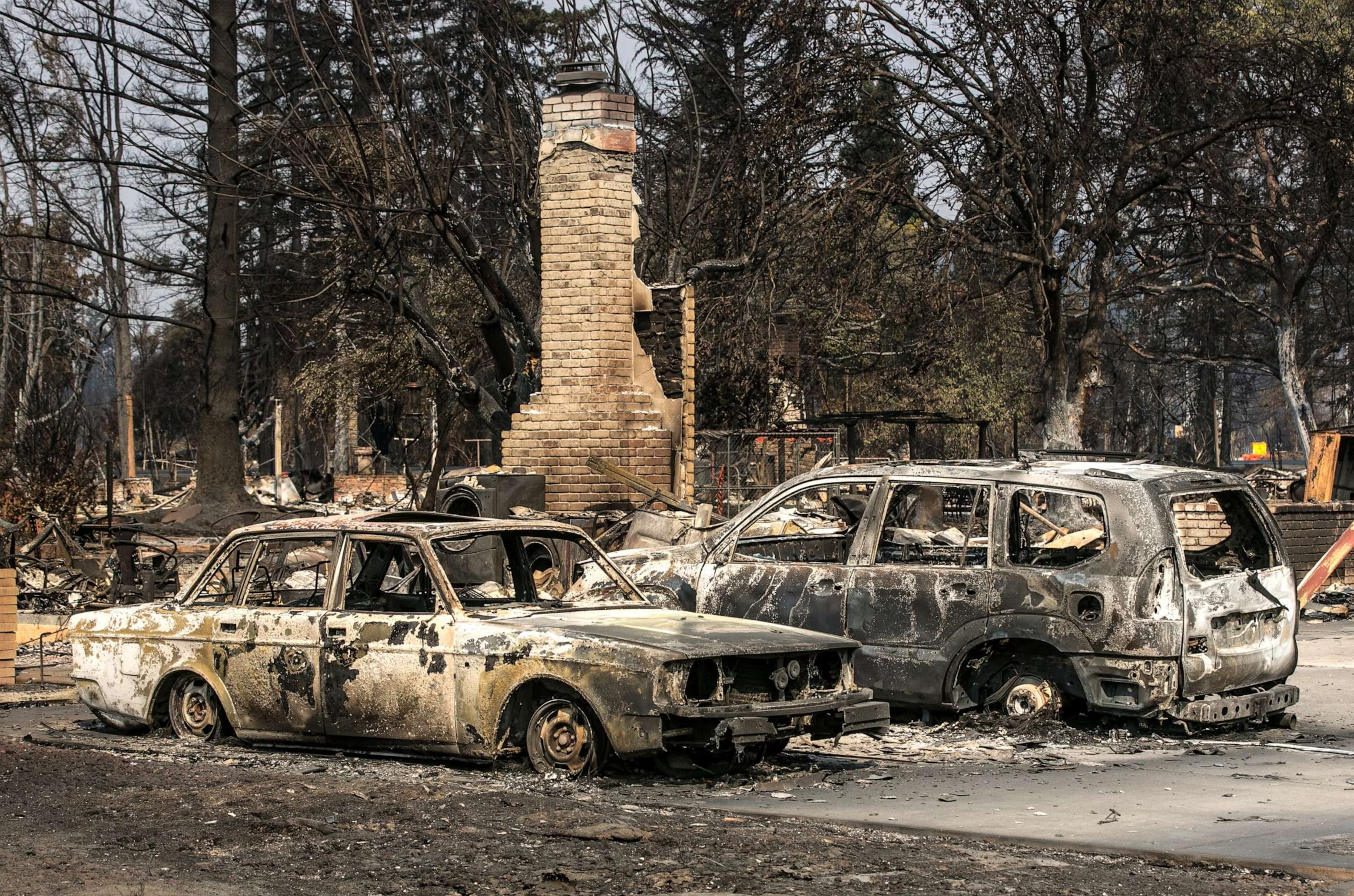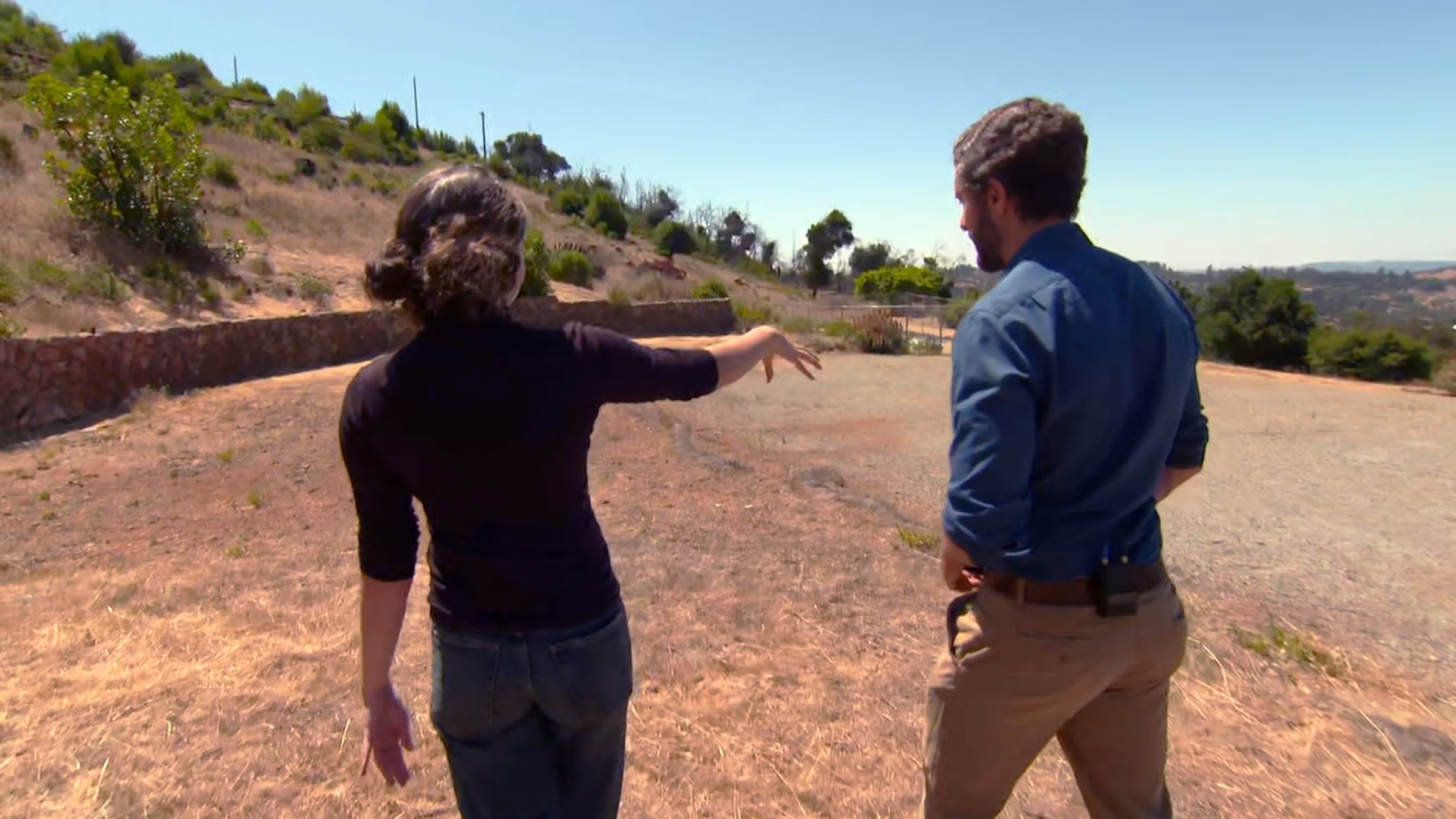Teen survivor of Tubbs Fire sounds alarm on mental health effects of climate change
When the Tubbs Fire broke out in October 2017, 12-year-old Madigan Traversi remembers lying in bed as her family got a recorded call around 11:30 p.m. warning them of several houses on fire 7 miles away from their home in Sonoma County, California.
“I remember my mom saying to me, ‘It’s probably better if we just evacuate. If we just sleep in a hotel for the night, we’ll be less worried,’” Traversi, now 18, told ABC News. “We really didn’t think it would escalate into anything. We just drove away. As soon as we got through our gate, we saw like this massive line of cars coming down the road.”
By the time her family got to the bottom of the hill, they could see the area was engulfed in flames, Traversi said. The wildfire had spread rapidly, and they made it out just in time.
MORE: 'Slap in the face': West Maui set to reopen for tourism, with outrage from residents
“We later found out that at 12:30 a.m., our house was burnt. It was like about 20 minutes after we left,” Traversi said.
The physical destruction of the deadly Tubbs Fire was unmistakable. The blaze consumed entire neighborhoods in the hard-hit city of Santa Rosa. Thousands of structures were destroyed and 22 people were killed.
While the physical scars of such a disaster may be obvious, the invisible wounds often cut just as deep.

Shortly after losing her home, Traversi says she did one therapy session and seemed to be doing OK, considering the circumstances. After she turned 16, she got her license and began revisiting the site where her house once stood.
“I started to be able to come up here by myself, and I would put out a little blanket right here, where my house was, and I would just sit. And that was when I was able to really feel the impact of this fire. And none of it really hit me until then,” Traversi said.
Life-altering disasters like the Tubbs fire can cause some people to experience anxiety, depression and post-traumatic stress disorder, according to some doctors.
MORE: 'We're stronger together now than we were a year ago': Santa Rosa rebuilds one year after Tubbs fire tore through California town
“There's probably about ten different major reactions that you'll see in people after a disaster,” Dr. David Schonfeld, director of the National Center for School Crisis & Bereavement at Children’s Hospital of Los Angeles, told ABC News. “One would be fears and anxieties. So people may be afraid after a tornado whenever there's severe weather. And so they fear something that reminds them of what happened. But they may also have anxiety, which means they become more fearful and it may not be something directly related to what occurred. So you may see, for example, fear of the dark, even if the disaster happened during daylight.”
Traversi says her family is in the process of moving from the home they moved into right after the fire. The experience of picking up and moving again has brought up some painful memories.
“I never would have imagined that the physical structure of the house would be as important to me as it was,” Traversi said.

The Didi Hirsch Suicide Prevention Center in Los Angeles offers a critical lifeline for people seeking help in times of disaster. It’s one of six call centers in the nation taking calls for the National Disaster Distress Helpline.
“We provide brief, supportive interventions that help people feel listened to and heard in a situation that to them feels out of control,” Christian Burgess, director of the Disaster Distress Helpline, told ABC News.
The helpline’s administrators say they receive calls from people in a variety of post-disaster stages. Sometimes people are still getting through the physical recovery and haven’t even started to think about their emotional recovery. Other times, people may have experienced a disaster years ago, but see a new disaster on social media or the news that triggers their previous trauma.
The fire conditions that made the 2017 wildfire season so extreme were amplified by climate change, according to data from Climate.gov, and, in return, sparked something in Traversi. She’s now using her trauma to protect future generations as a youth climate activist advocating to make climate change a mental health emergency. She recently helped co-write House Resolution 259, which promotes youth mental health and well-being in a changing climate.
“With climate change right now you see so many children who are dealing with depression and extreme anxiety about the future…so I think it's really important to also for adults to offer mental health, health and education to kids, rather than just assuming they're going to be fine,” Traversi said.
If you are struggling with thoughts of suicide or worried about a friend or loved one, call or text the Suicide & Crisis Lifeline at 988 for free, confidential emotional support 24 hours a day, seven days a week. If you are experiencing emotional distress related to natural or human-caused disasters, call or text the Disaster Distress Helpline at 1-800-985-5990 for free, multilingual, crisis support 24 hours a day, seven days a week.
Disclaimer: The copyright of this article belongs to the original author. Reposting this article is solely for the purpose of information dissemination and does not constitute any investment advice. If there is any infringement, please contact us immediately. We will make corrections or deletions as necessary. Thank you.





